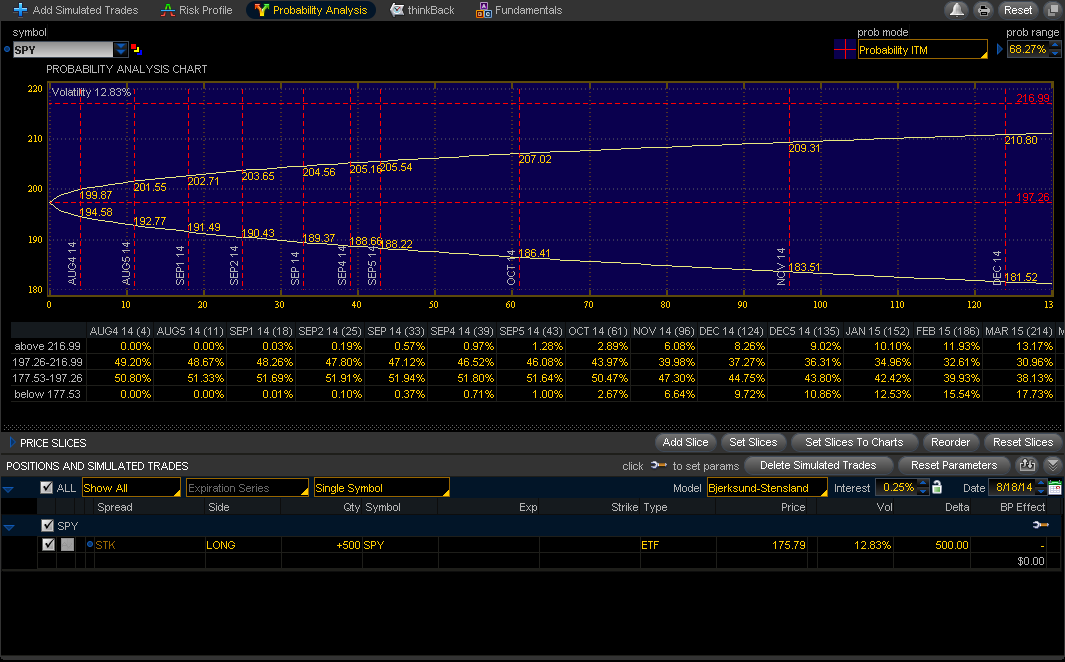Murphy Oil (MUR) had a bad week last week. Last Wednesday it reported lousy second quarter earnings:
“Murphy Oil Corp.’s second-quarter profit fell sharply as costs surged and the company took loss from discontinued operations. The El Dorado, Ark., company spun off its U.S. retail marketing business last year and now focuses mainly on gas-and-oil extraction in the U.S., Canada and Malaysia. For the most recent period, Murphy posted a net profit of $129.4 million, or 72 cents a share, down from $402.6 million, or $2.12 a share, a year ago. Earnings from continuing operations fell to $142.7 million, or 79 cents a share, compared with year-ago results of $259.9 million, or $1.37 cents a share. Excluding certain items, including mark-to-market loss on crude oil derivative contracts and other items, adjusted per-share earnings from continuing operations fell to 90 cents from $1.38 a share. Revenue edged up nearly 2% to $1.35 billion. Analysts polled by Thomson Reuters had expected profit of $1.21 a share and revenue of $1.42 billion. Looking ahead, Murphy Oil said it expects total annual world-wide production of about 220,000 to 225,000 barrels of oil equivalent a day, primarily reflecting reductions at two properties and revisions for further production risks.” read more


